A vast, sparsely populated country situated along the south Atlantic coast of Africa, Namibia is a land of endless allure. Contrasting landscapes; the most definitive of which is the Namib, a long coastal desert that runs the length of the country coastline to the west, highlighted with migrating dune belts and dry riverbeds. The central plateau, home to the capital, Windhoek, is divided between rugged mountain ranges and sand-filled valleys. To the east, the vast Kalahari Desert with its ancient red sand and sparse vegetation runs into the northeastern parts blessed with generous rain and typified by tropical forests, perennial rivers and woodland savannahs.
Home to vibrant communities excited about the future, while remaining deeply connected to their rich, cultural heritage; Namibia’s main economic sectors are mining, fishing, agriculture and tourism. Rich alluvial diamond deposits make Namibia a primary source for gem-quality diamonds, while the country is also among the world’s biggest producers of uranium. Namibia has one of the best-developed road networks in Africa.
Coastline




Red dunes meeting the Atlantic make up the serene landscape of the coastline
Capital, Windhoek
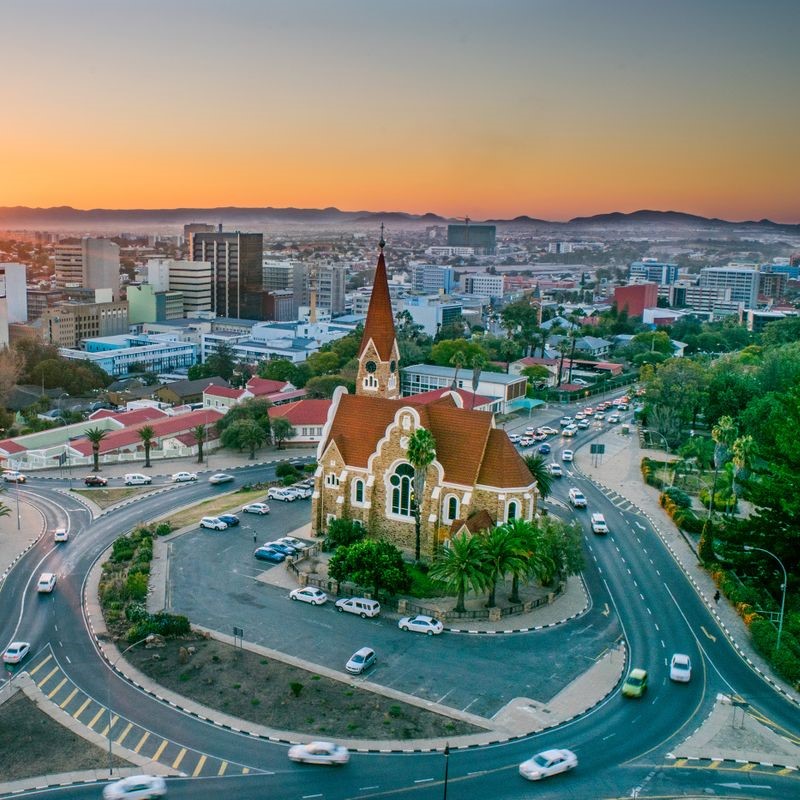

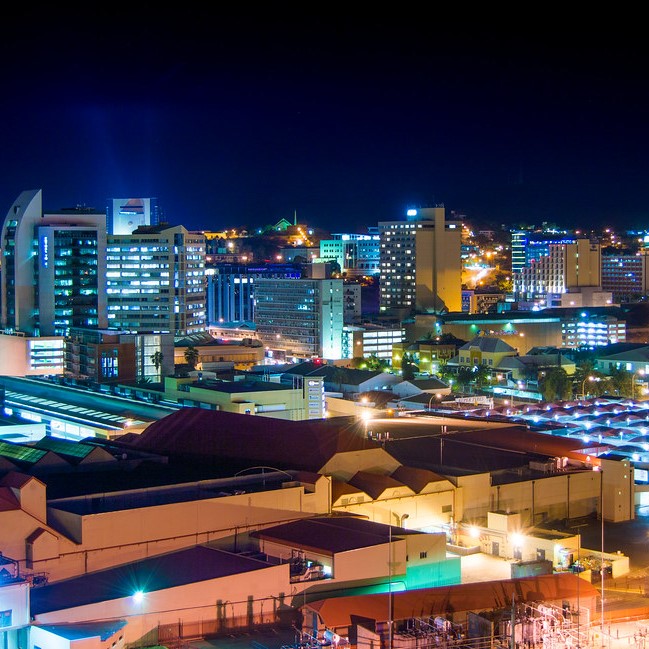
Windhoek, Namibia’s capital city rests on the inland plateau
Fish River Canyon
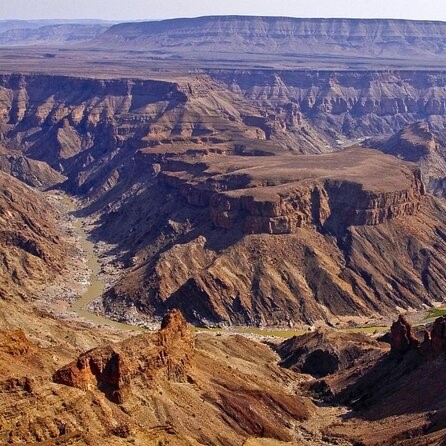

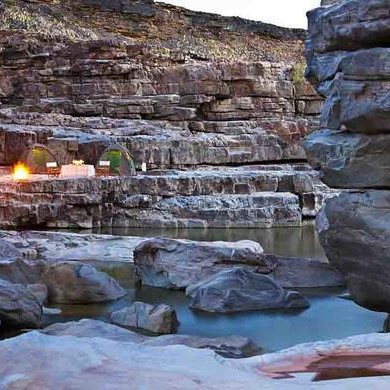
The world’s second biggest canyon is located in Namibia’s arid south
Zambezi River
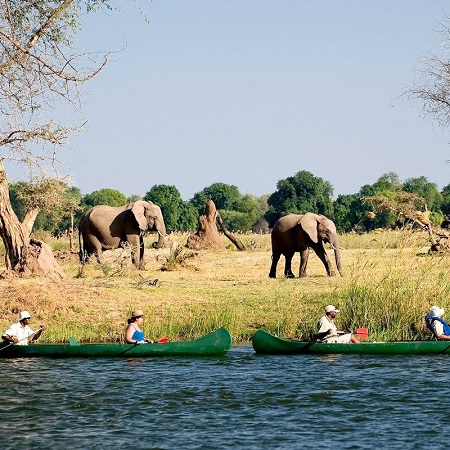
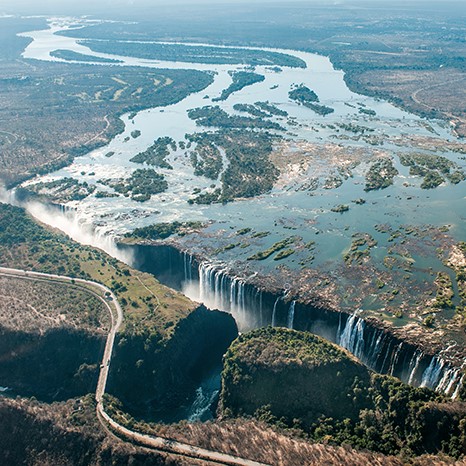

The mighty Zambezi creates a paradise for herds of wildlife and hundreds of bird species
Fact Box
Capital | Windhoek |
Official Language | English |
Area | 825,615 km2(318,772 sq mi) |
Population | 2,550,226 national est. 2021 Density – 3.2/km2 (8.3/sq mi |
Currency | Namibia Dollar |
Time Zone | UTC+2 (CAST) |
Internet TLD | .na |
ISO 3166 Code | NA |
Driving Side | Left |
